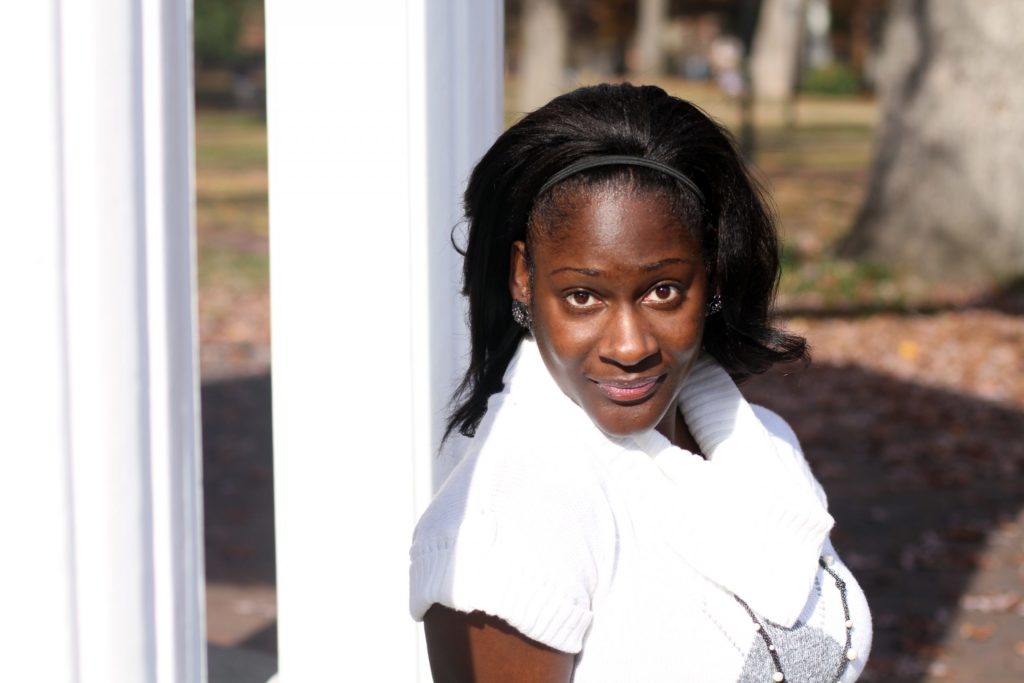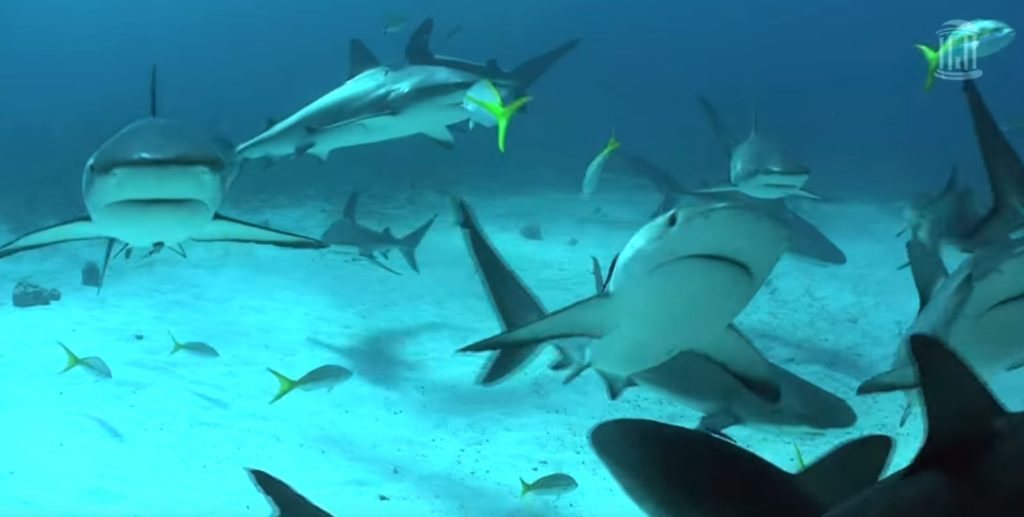Climate change is generating more frequent and more powerful extreme weather events along the Eastern seaboard and Gulf Coast. These extreme events – hurricanes, forest fires, floods – cause damage to the natural and built environments and have long-term effects on the people who live in or near the areas of impact. But research on these extreme events is typically reactive and short-term and rarely involves interdisciplinary research teams.

Extreme events cut across disciplines. They impact both natural resource systems as well as human and social systems. And they generate recovery responses that involve policies and preparations for the next disaster. Data and analyses also need to cut across disciplines to project how the storms of the future will affect migration, economic well-being, and the physical and psychosocial health and ecosystems of coastal regions.
These questions are important for many parts of the United States and particularly important to the resilience of North Carolina.
An interdisciplinary team that includes several CPC fellows has received a UNC Creativity Hub Pilot Award to begin to research how exposure to extreme weather events affects both people and the environment they live in over time. The researchers will draw on their perspectives in engineering, environmental sciences, population sciences, and policy and planning to lay the groundwork for a large, long-term project that will develop the infrastructure for drawing representative samples of people and places throughout Eastern North Carolina that are at varying risks to extreme events. Working together over the next decade, they plan to build an integrated data platform to measure the ways that natural systems and humans respond to extreme weather events over time, and to assess how intensifying storms of the future will affect habitats and populations of coastal regions of North Carolina and elsewhere.
Elizabeth Frankenberg, the Director of CPC and the principal investigator on the Creativity Hub pilot award, recently spoke with us about bringing together a team across disciplines and previewing the work they plan to accomplish.
How did the team come together and how did you decide what to do?
Frankenberg: The team came together as a function of wanting to bridge engineering, social, and natural science approaches to understanding extreme events and their impacts. The project reflects the underlying research interests of the 10 different investigators involved and efforts to merge those. In doing so, we are developing a new infrastructure of understanding the long term impacts of extreme events.
How were you able to focus that effort across disciplines?
Frankenberg: There were three or four people that were the starting kernel for this research. They brought different skills: an understanding of using social science survey and census data, an understanding of the physical processes that generate hurricanes and developing models for where and with what force they hit land, and using remote sensing data to measure landscape change over time. Those were three core areas that I thought needed to be united.
And what emerged from those early group discussions?
Frankenberg: We came up with ways to combine approaches that take into account both the natural sciences and the social sciences seriously and simultaneously. We know that these extreme events alter the landscape and expose people and places to various stressors. One thing we want to do is think about how the intensity of an extreme event generates stressors that people are exposed to – how those same sorts of stressors affect the landscape: water quality, beachfront erosion, how they change vegetation and the animal populations, and how those impacts play out in the very short term and in the longer term.
These events don’t happen in isolation. I’m curious about the affect of the build-up over time of multiple events and how that affects these stressors.
Frankenberg: The events are reoccurring and there’s a cycle for each event: the event happens, it impacts communities, people take stock of the damage, there are efforts to recover, and then develop strategies for mitigating the next event, and eventually there are preparations for the next event.
You’ve chosen to focus specifically on hurricanes. Are there implications for other types of natural disasters, like forest fires?
Frankenberg: We’re focusing on hurricanes first. Those in NC have generated impact both right on the coast and further inland because of the rain that induces flooding, which sends water pouring through river systems. We’re focusing on the Eastern third of the state. But some of the tools we develop might be relevant for other natural disasters like fires – there may be applications for some of the measures we are developing from remote sensing imagery. But the visible signatures of a fire in the natural landscape will look different than that of a flood post-hurricane. Some of the stressors that humans experience – the destruction of assets, the changes in employment opportunities – those will co-occur in both scenarios. But fires will affect the natural environment differently from floods, and are likely to cause different physical health problems for people.
You’re creating a series of tools that other people can modify for other natural disasters?
Frankenberg: We are planning to create a series of open source tools – the toolkit will contain things like questionnaires, as well as algorithms for processing remote sensing data.
How are you choosing where to focus your work within North Carolina?
We will start initially with the Neuse River Basin. We’ll select a series of sites along the basin that represent a continuum of environments and communities that are vulnerable extreme weather events.
Some of our sites will be on the coast, some along estuaries, and some in fresh water settings. Our data collection will involve collecting specimens that reflect changes in natural environments, for example water quality, but we’ll also make observations about health of plants. And we’ll be conducting surveys with people. There’s a whole series of different methods to calculate impact on both the natural environment and people living in and near those environments.
How do you plan to use the Creativity Hub funding?
These extreme weather events are going to affect more and more people in the United States in the coming decades. We plan to use the Creativity Hub opportunity to develop the proof of concept that will lead to a set of methods that we believe work, and that will lead to new opportunities to address these questions on a larger scale.
Q&A by the Carolina Population Center




